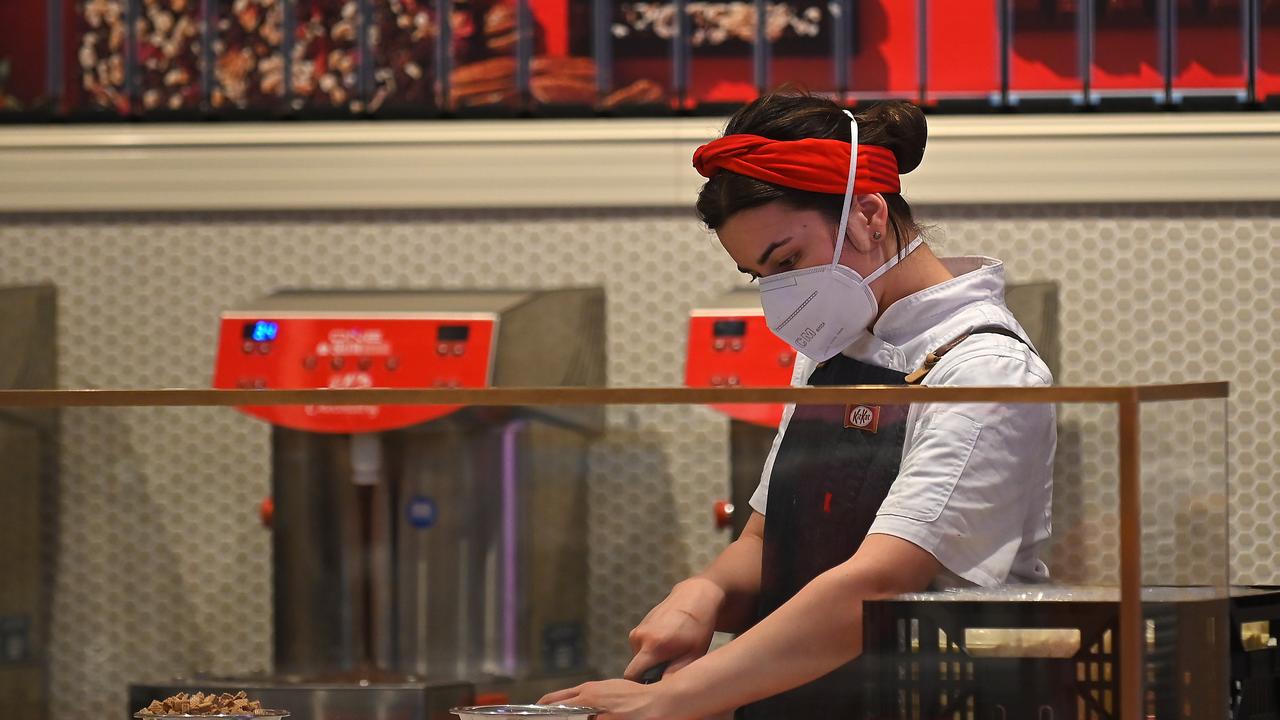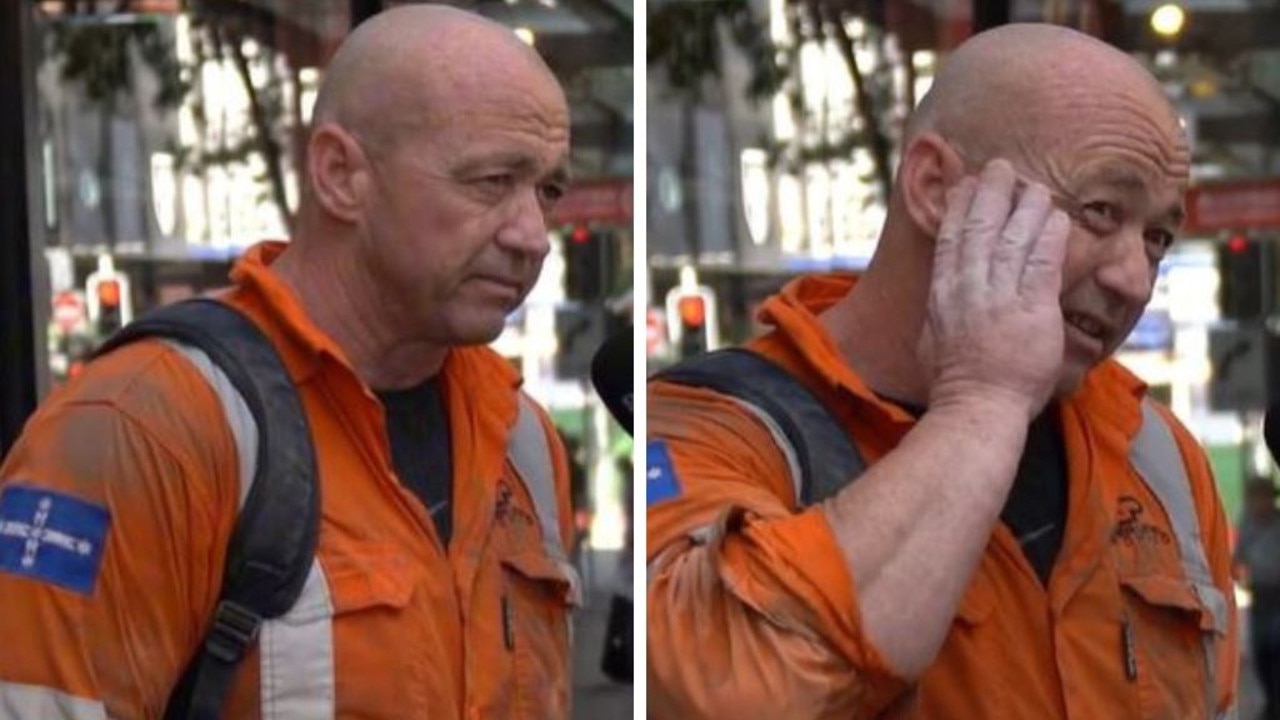Seek report reveals true growth in Aussie wages over 25 years
What Aussies do for work - and where they do it - has changed a lot in the last 25 years. But there’s one major area where things aren’t as different as they seem.

Work
Don't miss out on the headlines from Work. Followed categories will be added to My News.
There have been major changes to how and where Australians work in the last two decades, but one key thing hasn’t changed as much as you’d expect.
Job hunting site Seek recently released a study on trends that define how Australians work, highlighting some of the biggest changes to employment expectations and structures over the past 25 years.
With the cost of living crisis affecting so many households, Seek research found that the average full-time wage in 1998 was $710 per week – around $37,000 per annum.
In comparison, today’s average wage for a full-time employee is around $1800 a week – 150 per cent higher than it was 25 years ago.
However, workers aren’t necessarily reaping in the rewards, as soaring inflation has risen with wage prices over the years, meaning the inflation-adjusted growth in wages is really only about 32 per cent.
The gender pay gap, while still an incredibly current issue, has dropped despite its spike mid pandemic.

It has fallen from about 18 per cent to 13.3 per cent, with women bringing home around $250 each week less than their male counterparts.
Wages and inflation aren’t the only things changing over time, with employee expectations also shifting from 20 years ago.
Seek found the top three work perks most valued by workers were the option to work from home, access to discounted goods and services, and discounted health or travel insurance.
The pandemic saw a major change in the way people do their jobs, with lockdowns forcing at least 21 per cent of workers to set up suitable working-from-home stations.
Since the easing of restrictions across the country, many have opted to incorporate their “WFH” schedule into their permanent work life.
Bjon Jarvis, head of labour statistics at the Australian Bureau of Statistics said the amount of people operating remotely in August 2021 had jumped from 8.4 per cent to a massive 40.6 per cent.
“Interestingly, while the pandemic has seen a large shift in people working from home, there haven’t been similarly large changes in other working arrangements such as working Monday to Friday only. Working arrangements other than working from home have generally followed pre-pandemic trends,” Mr Jarvis said.
Seek’s report said more than a quarter of Australian workers considered the option to work from home a “must-have” when searching for a new job.

It also said the ability to dress more casually in the office has become a big value, with people not wanting to be defined by what they wear to work.
“Since lockdowns and the prevalence of “ZOOM casual,” the concept of business wear is hardly even a consideration for many white-collar Australians.”
The concept of “casual Friday” was invented in the US in the 1950s, but the practice is still valued in workplaces in Australia today.
The demand for certain roles has also seen a big change over the last 20 years, but one job has held the top occupation spot since 1998, according to ABS figures.
Sales assistant is Australia’s most common job, closely followed by registered nurses, general clerks, aged/disability carers and retail managers respectively.
Over the past two decades, occupations that were once hot are now not so, with secretaries and PAs, as well as cleaners, which were considered top jobs 20 years ago, missing out on the top 5 occupations of today.

Originally published as Seek report reveals true growth in Aussie wages over 25 years






